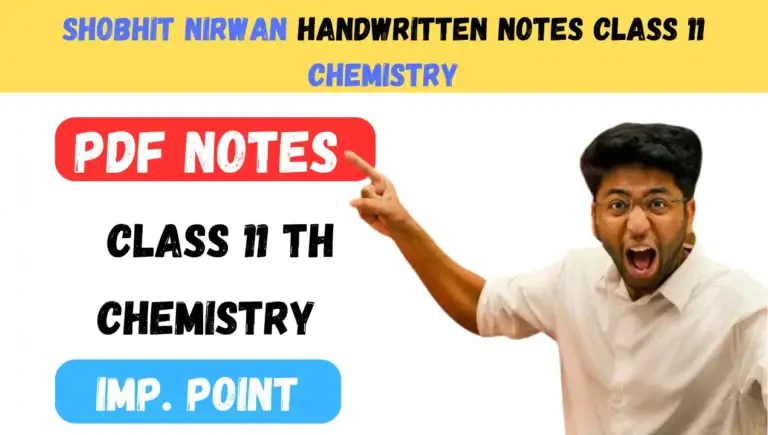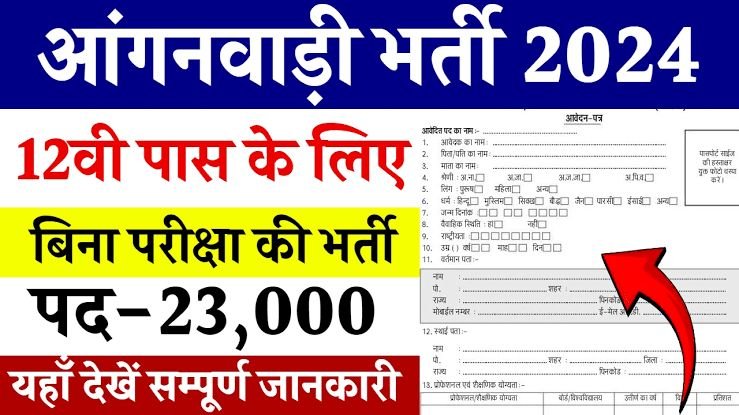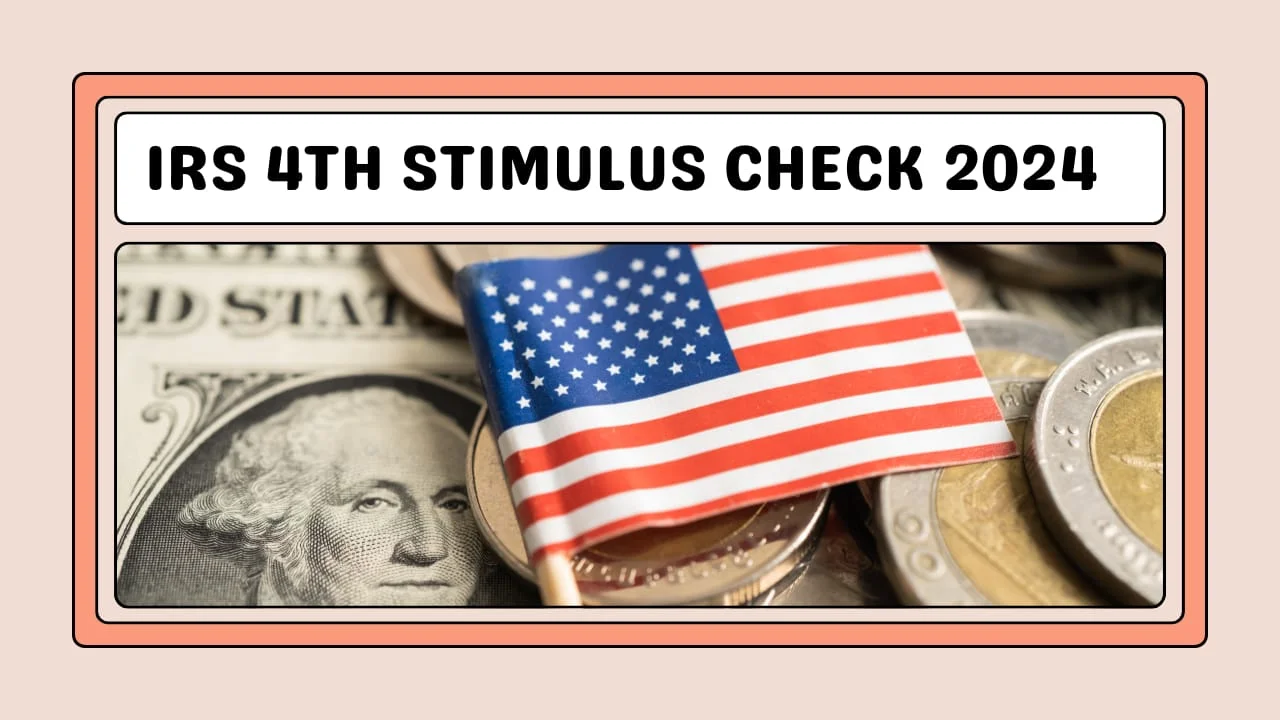Shobhit Nirwan Handwritten Notes Class 11 Chemistry, shobhit nirwan notes pdf class 11 chemistry, shobhit nirwan notes pdf class 11 chemistry chapter 1, shobhit nirwan notes class 11 chemistry hydrocarbons, shobhit nirwan notes class 11 chemistry thermodynamics, shobhit nirwan handwritten notes class 11 chemistry,Shobhit Nirwan Notes Class 11 Chemistry Hydrocarbons
If you have been searching for Shobhit Nirwan Handwritten Notes Class 11 Chemistry, written by Shobhit Nirwan . You’ll receive it here. They are in PDF format. These notes are extremely beneficial for both board examination preparation and last-minute revision for internal exams.These notes and perform your best on your tests & Read this Shobhit Nirwan SST Notes.

Shobhit Nirwan Handwritten Notes Class 11 Chemistry
Here we have uploaded links of Shobhit Nirwan Handwritten Notes Class 11 Chemistry.
| Some Basic Concepts of Chemistry | Access PDF |
| Periodic Table Classification | Access PDF |
| Hydrogen | Access PDF |
| Redox Reaction | Access PDF |
| General Organic Chemistry | Access PDF |
| Structure of Atom | Access PDF |
| Chemical Bonding | Access PDF |
Who is Shobhit Nirwan ?
Shobhit Nirwan from Delhi, currently pursuing B.Tech. from Indian Institute of Information Technology Vadodara in IT Branch.
Some Important Point Shobhit Nirwan Handwritten Notes Class 11 Chemistry 2024
- Introduction to Chemistry: Basic concepts and definitions.
- Matter and its classification: Elements, compounds, and mixtures.
- Atomic structure: Structure of an atom, subatomic particles (protons, neutrons, electrons).
- Periodic Table: Introduction to the periodic table, periodic trends (atomic size, ionization energy, electron affinity).
- Chemical Bonding: Types of chemical bonds (ionic, covalent, metallic), Lewis structures, VSEPR theory.
- States of Matter: Properties of solids, liquids, and gases, changes of state (melting, freezing, boiling).
- Chemical Reactions: Types of chemical reactions (synthesis, decomposition, single replacement, double replacement), balancing chemical equations.
- Stoichiometry: Mole concept, mole-to-mole ratios, stoichiometric calculations.
- Acids and Bases: Arrhenius theory, Bronsted-Lowry theory, pH scale, indicators.
- Redox Reactions: Oxidation-reduction reactions, oxidation numbers, balancing redox equations.
- Environmental Chemistry: Pollution, green chemistry principles, sustainable practices.








Comments are closed.